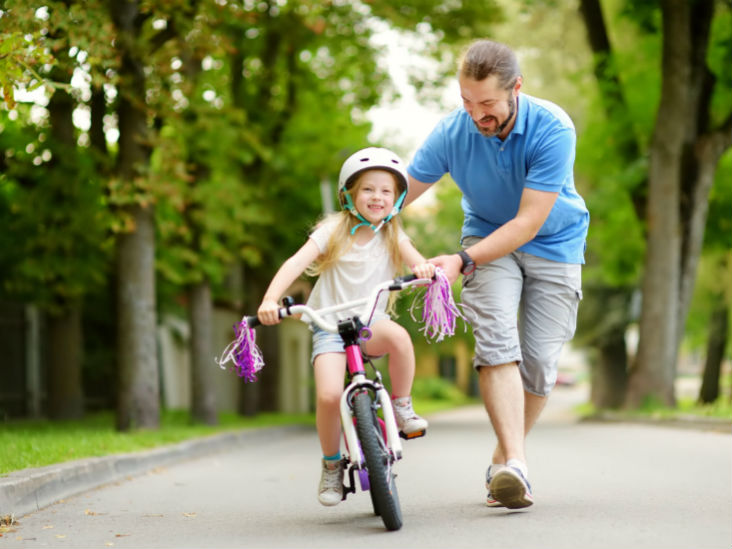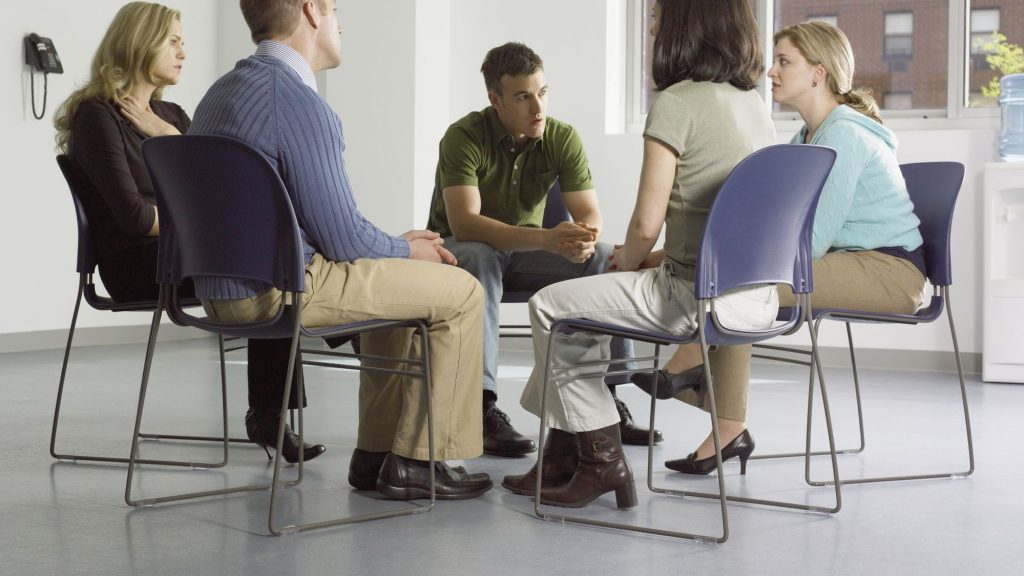Teaching Your Autistic Child To Ride a Bike
Many autistic children have a problem with spatial reference and balancing themselves. This is one of the reasons it is so difficult for an autistic kid to learn how to ride a bike. However, if you take the right steps in the right order, your child can learn to be a really good cyclist! 1. Teach the child balance first With non-autistic children, we first give them a bicycle with training wheels and then remove the training wheels once they are able to ride their cycle. Effectively, what we’re doing is teaching them to pedal first and balance themselves later. This equation needs to be turned around with autistic kids. Their biggest hurdle is balance so you must focus on that. Get your child a balance bike. These bikes have no pedals so your child puts her feet on the ground and walks with the bike in between her legs. This teaches her how to balance herself while sitting on a bike and also makes her comfortable with this contraption with two wheels. 2. Then teach her to pedal Once your child is completely comfortable with a balance bike, move her to a pedal bike. This could take years so take your time. You can have the training wheels, but not for too long because you don’t want her to get used to being auto-balanced. She has to apply what she learned with her balance bike. 3. Slowly graduate to a proper bike Once you are totally sure that your child is ready to learn (and fall) a regular bike, go ahead and buy one. Make sure that your child chooses the bike herself so she is completely comfortable with it. Tell her to sit on it and balance it without the pedals before she makes a choice. 4. Let her choose her gear Along with the bike, ask your kid to choose her own gear - helmet, kneepads - whatever it takes to make her comfortable on her bike. This is important for her to start using her new bike without too much fear. 5. Choose the right location Choose an area that doesn’t have too many distractions. Also, try to find a place where the ground is firm, yet not too rough or hard so that your child can fall without getting hurt. 6. Give her time to learn Your child will take time to learn. Be patient and as encouraging as you can. 7. Encourage, but don’t push You may try everything by the book, but your child may not be able to learn how to cycle. If your child stops wanting to try, don’t push her. You may want to encourage her from time to time, but leave it at that. Biking is a supposed to be a fun activity so if it’s not for your child, it’s best she does something that she likes in her free time. So go ahead and do the best you can for your child. Whether she learns to bike or not, make this a way to share some great moments with her!
Teaching Your Autistic Child To Ride a Bike Read More »






